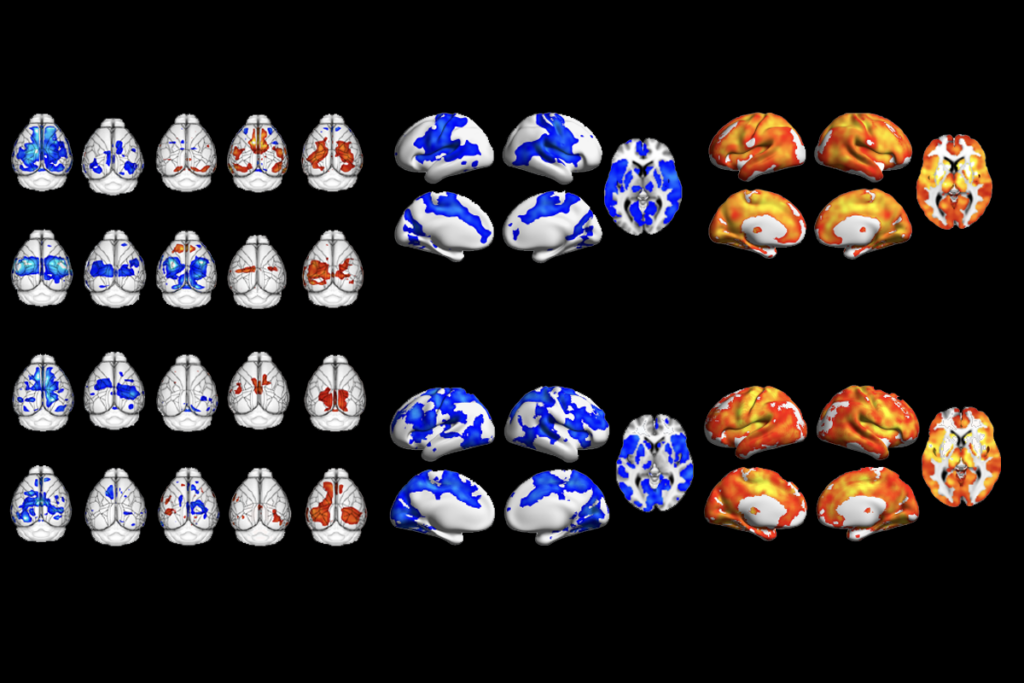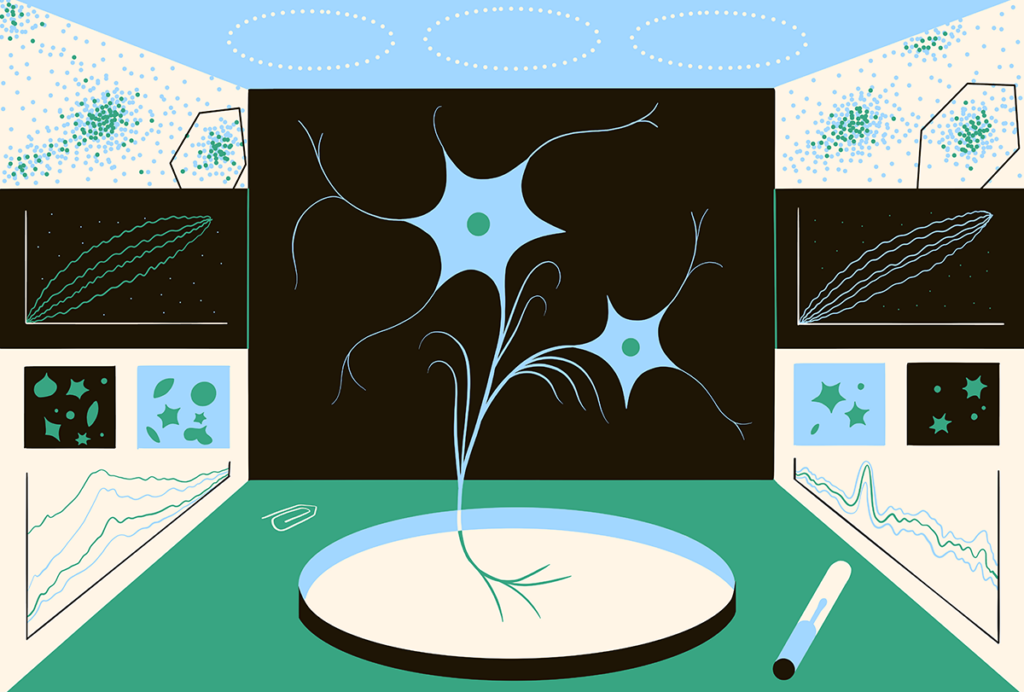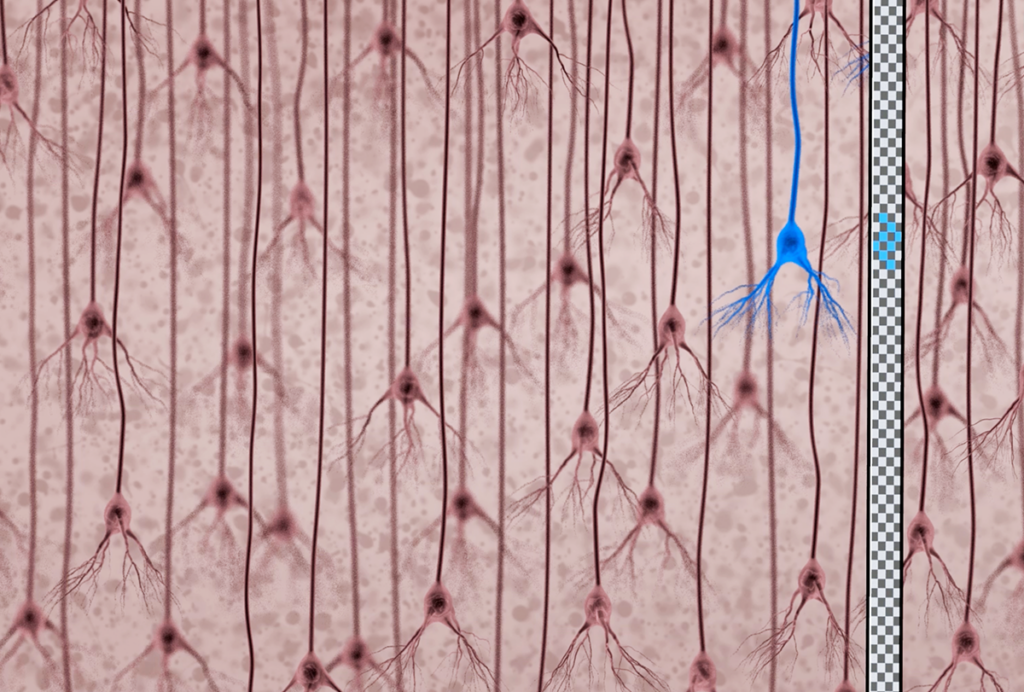Chinese study reports no difference in schizophrenia CNV rate
People with schizophrenia have roughly the same rate of copy number variations as do healthy controls, according to a study in the Chinese Han population published in Molecular Psychiatry.
People with schizophrenia have roughly the same rate of copy number variations as do healthy controls, according to a study in the Chinese Han population published in Molecular Psychiatry 1.
The results directly contradict those from a high-profile study earlier this year showing that copy number variations ― deletions or duplications of chunks of DNA ― occur three times more often in people with schizophrenia compared with controls2.
“Inconsistent results often happen in genetic association studies,” says Yongyong Shi, lead investigator and an associate professor at Shanghai Jiao Tong Universityʼs Bio-X Center.
Shiʼs team analyzed CNVs in 155 people with schizophrenia and 187 healthy controls, and found that about 14 percent of individuals with schizophrenia and 17 percent of the controls have rare CNVs ― a statistically insignificant difference.
The studyʼs sample numbers are similar to those of the report Shi set out to replicate.
In the original report, published in April in Science, American researchers analyzed CNVs in 150 people with schizophrenia and 268 healthy controls and found that 25 percent of people with schizophrenia carry rare CNVs compared with 9 percent of controls.
The sharp difference between the two results is “quite puzzling,” says Rita Cantor, a professor of human genetics at the University of California, Los Angeles, who was not involved in either study.
Cantor says she would expect the proportion of healthy controls with the genetic mutations to be roughly the same across studies. “The appearance of this class of variants should be similar across different ethnic groups,” she says.
But others say itʼs premature to draw firm conclusions from either study, noting that both studies have small sample sizes.
“In general, larger sample sizes have confirmed the importance of large, rare recurrent CNVs in neuropsychiatric disease,” says Evan Eichler, a professor of genome sciences at the University of Washington in Seattle and a co-author on the Science study.
On the platform:
The only notable difference in the approach of the two studies is the equipment used to detect the genetic mutations. Shiʼs study used only one platform, the Affymetrix 500K. According to Eichler, this platform “will miss approximately half of the rare and recurrent CNVs nestled within segmental duplications”3.
“It is important that complementary analyses be done and more robust platforms be analyzed,” Eichler adds.
In contrast, the Science study used two different Illumina platforms, the 550K SNP arrays and the HapMap 300K SNP chips, and screened for genetic variations in two different labs.
At least three other studies also support the role of CNVs in schizophrenia.
A July Nature Genetics study uncovered 17 CNVs in people with schizophrenia who have no family history of the disorder4. These so-called de novo CNVs could account for at least 10 percent of sporadic cases of schizophrenia, the study reported.
In July, two independent groups linked the disease to large deletions on chromosomes 15q13.3 and 1q21.1, and confirmed the diseaseʼs link to deletions on chromosome 225,6.
The real question, says Matthew State, an associate professor in the department of genetics at Yale University, is whether there are specific copy number variants that are associated with the disorder. “The answer seems to be ‘yesʼ,” State says.
Still, he says, itʼs difficult to see exactly how aggregates of CNVs are linked to schizophrenia. Many of the studies lump together all CNVs, including variants that are unimportant to the disease.
Researchers should instead specifically assess how much risk is conferred by each rare variant, State says. “Those studies are going to need large numbers.”
References:
Recommended reading

Expediting clinical trials for profound autism: Q&A with Matthew State

Too much or too little brain synchrony may underlie autism subtypes
Explore more from The Transmitter

Mitochondrial ‘landscape’ shifts across human brain


